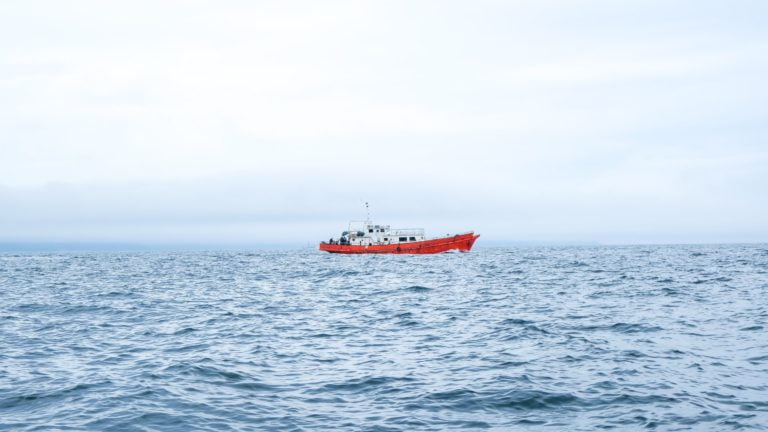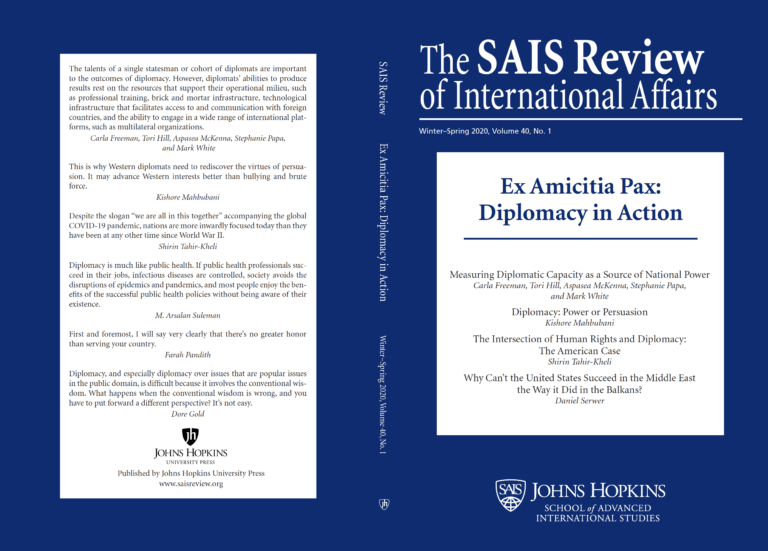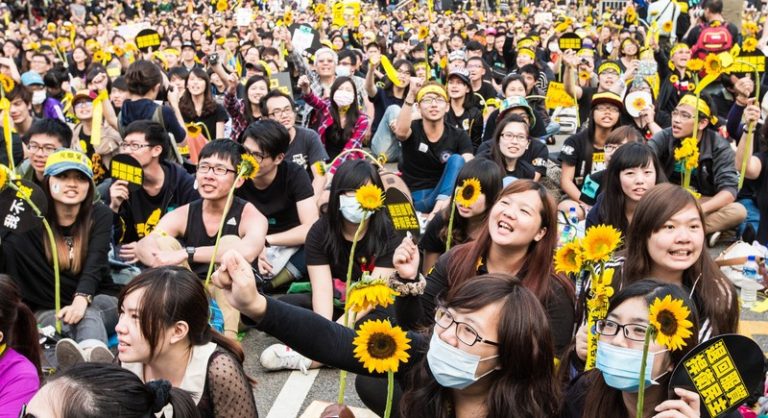Review of Hill, Christopher. The Future of British Foreign Policy: Security and Diplomacy in a World After Brexit (Cambridge, Polity Press, 2019) On January 31, 2020, the United Kingdom formally left the European Union. For most observers, Brexit Day meant…








